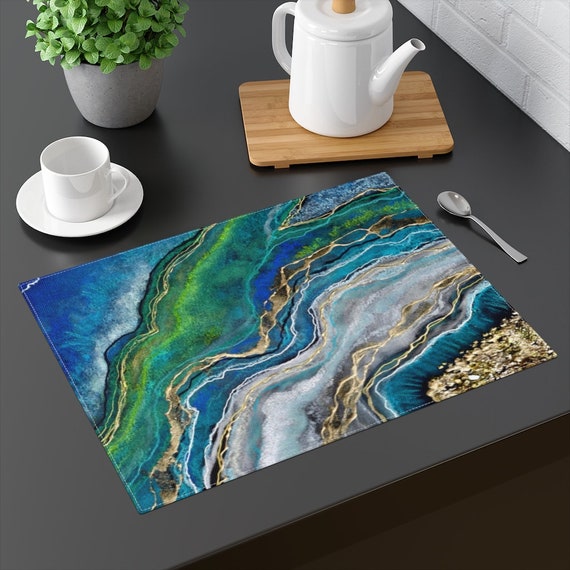Some Of Top News Sites
Some Of Top News Sites
Blog Article
All about Unique Art
Table of ContentsThe 8-Minute Rule for Unique ArtTop Guidelines Of Unique ArtThe Main Principles Of Unique Art The 2-Minute Rule for Unique Art
While one could discuss which art type holds priority, the truth remains that each of these seven kinds supplies an unique home window right into human background, society, and evolution. They are the tapestries that chronicle our journey, advising us of our past while motivating visions for the future.Great artwork informs a tale, makes people look twice, and develops an one-of-a-kind experience that can't be matched. Art and images interact every one of that with shade, form and other design aspects. Discover just how to make your one-of-a-kind art work stand apart from the group.

8 TRIA GIOVANEqual components grand and laidback, this foyer designed by Anthony Baratta is the best blueprint to follow if you're decorating a formal entrance that still feels unfussy and comfy. Patterned fabrics take facility stage (see the carpetings and the sofa), but they likewise assist bring the high ceilings down to a human range when hung over wallpaper.
Getting My Unique Art To Work
18 Heidi Caillier DesignA gallery wall surface doesn't need to take up the entire room. Occasionally a tiny one can make a bigger style declaration. In this living room, Hiedi Caillier chose micro-mini frameworks and a random composition. Advertisement - Continue Analysis Below19 Stephen Kent JohnsonDesigner Juan Carretero went with a deep environment-friendly paint color to comparison with the light wood finishes.
, the expression of concepts and emotions, with the development of certain visual high qualities, in a two-dimensional aesthetic language. The elements of this languageits forms, lines, colours, tones, and texturesare made use of in numerous ways to generate feelings of quantity, area, activity, and light on a flat surface. These elements are integrated right into expressive patterns in order to stand for real or superordinary phenomena, to analyze a narrative style, or to produce entirely abstract aesthetic relationships.
Later the concept of the "fine artist" established in Asia and Renaissance Europe. Noticeable painters were afforded the social standing of scholars and courtiers; they signed their work, decided its style and frequently its subject and imagery, and established a much more personalif not constantly amicablerelationship with their clients. Throughout the 19th century painters in Western cultures started to shed their social placement and protected patronage.
The smart Trick of Unique Art That Nobody is Discussing
Others earned a revenue through exploring exhibits of their work. The need to appeal to a marketplace had replaced the comparable (if less impersonal) demands of patronage, and its effect on the art itself was possibly comparable. Usually, musicians in the 20th century could get to an audience just with industrial galleries and public galleries, although their work might have been sometimes duplicated in art periodicals.

Do not duplicate the design of other artists if you're looking for your design. Copying other individuals's artwork can be fantastic in educational objectives however it will certainly not make you closer to finding your own distinct design. Your imaginative style has to be, what you like and what motivates you.
I would certainly consider your own design as a design you repaint in naturally, when you let go of all thoughts and regulations and just focus on paint, not assuming regarding it. Unique Art. The style needs to come normally to you when you are loosened up and you can not force it or it will not be your own style, simply another person's
Unique Art for Dummies

With time he said you'll have the This Site ability to arrange all of them into your favored and the very least favored classifications. Attempt to focus your interest on the subjects and mediums that you like and before you see it coming you'll have your own personal and unique design, like nobody else have! In the end you'll have a few favorite topics to repaint and maybe a few favored mediums.
The style needs to establish itself gradually with a great deal of method and experiments - Unique Art. Thanks for reading this post and if you have any type of concerns leave them in the comments listed below, I 'd more than happy to respond to these
Report this page